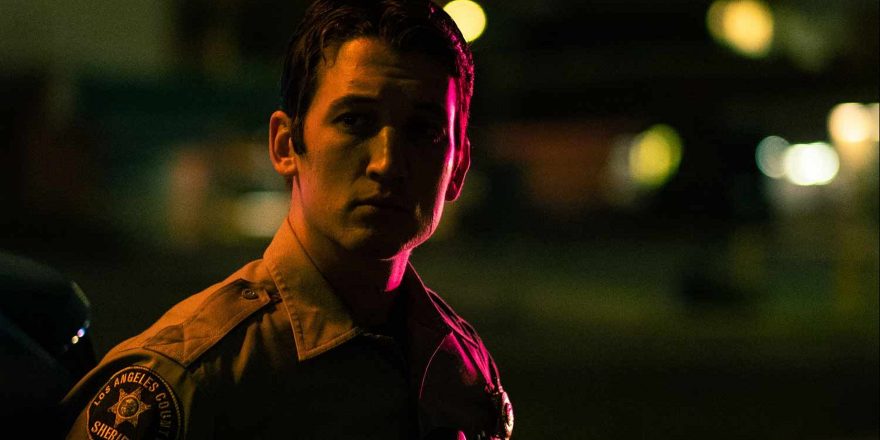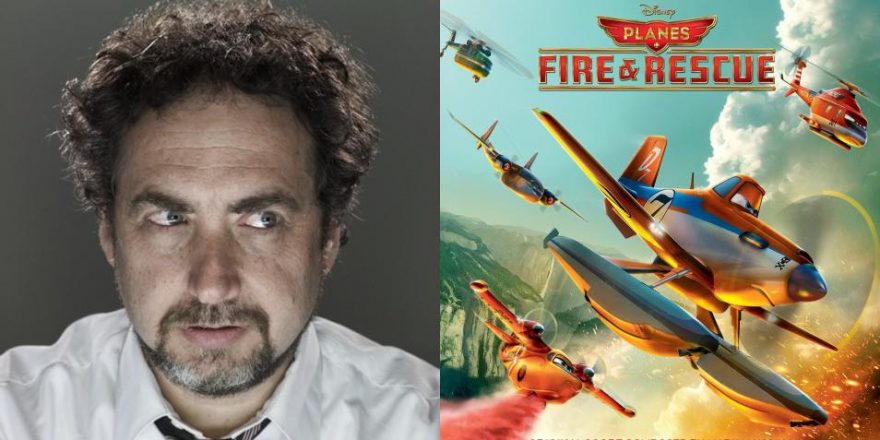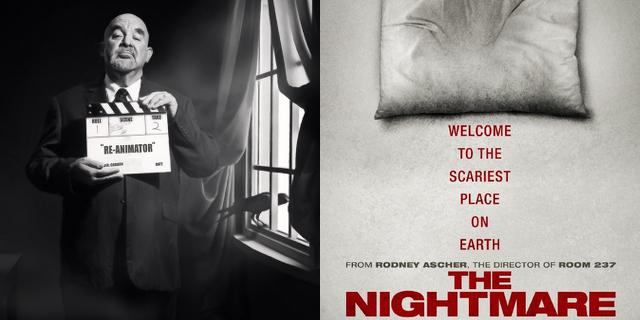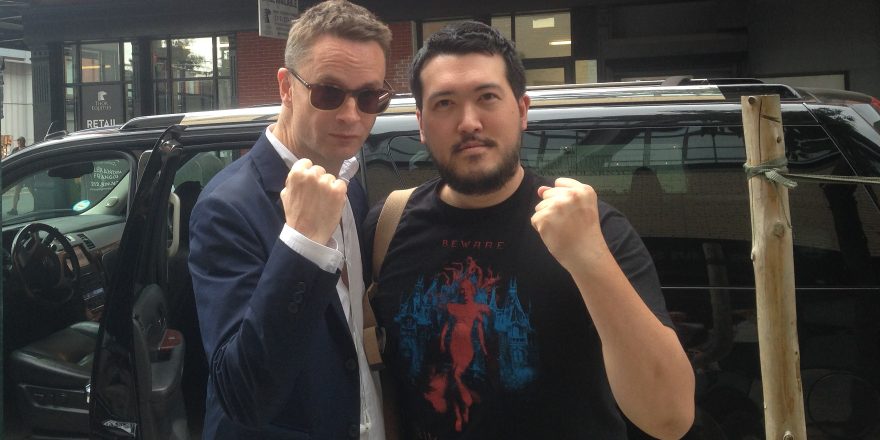Last year saw the debut of a 10-episode, 13-hour season of prestige television, created by a team of celebrated filmmakers working at the height of their powers with what can only be imagined was absolute creative freedom and a massive budget, and it was promptly released straight to oblivion. It would have been impossible for me to find if I hadn’t known to search for it by name, painstakingly typing in “T-o-o-o-l-d-t-o-d-i-e-y-o-u-”
But it was better that way.
Despite its pedigree and production value, its strong cast and high-fashion polish, this show wasn’t prestige-prestige like a coffee table book of Annie Leibovitz photos – at its black heart, this was a behind-the-counter item, and like one, you had to ask it for it by name while looking over your shoulder to make sure nobody could hear you. Maybe Amazon was inspired by the way Harmony Korine talked about releasing Trash Humpers by dropping unlabelled VHS tapes into garbage cans expressly for the kind of people who would fish them out, driven by sheer curiosity.
I’d always watch Too Old to Die Young alone at night, after the family had gone to sleep, locking into the tempo of Cliff Martinez’s pulsating electronic soundtrack on headphones, silently mouthing “OH MY GOD” when an hour or two of glacially building suspense would explode without warning into truly grotesque and disturbing carnage. There are moments featuring James Urbaniak’s vile pornographer Stevie that you wouldn’t want to be caught laughing at in public. Likewise, the astonishing sequence when Viggo (John Hawkes), the show’s sad-eyed vigilante (desperate for a fix of extralegal justice) is directed at a trailer park full of sex criminals, at least as much to soothe his overheated emotions as to make the world a better place. The confrontation that ensues is a reimagining of the climax of Zabriskie Point as channeled through Exterminator 2.
That command, given as a charity, comes from Jena Malone’s Diana (a social worker when not directing the murder of all sorts of bad men), who also seems to be receiving messages from … are they aliens? Machine elves? It gets fairly abstract in points. She’s one of many masters that Martin (Miles Teller), our main character (certainly no “hero”), finds himself serving in a riff on Los Angeles noir that’s at once extended and abstracted, depressingly nihilistic and ecstatically beautiful.
But the thing that really got me about Too Old to Die Young was its sense of time. Thirteen hours have never been deployed this tactically at the level of both the scene and the entire project. On the one hand, the shots and sequences rolled out at such a hypnotically slow and deliberate pace that it seemed to rewire my brainwave frequency. In fact, the very first shot lasts more than a minute, as it pans past a mural to reveal a pair of silent, motionless cops looking into the distance. Two shots and another 90 seconds later, we get a glimpse of a menacing stranger looking back at them and a sense of their spatial relationships. This plays under a sinister electronic pulse and a neon-on-black color scheme so perfectly composed and deeply saturated it feels like Coppola rebuilt Northeast L.A.’s finest taquerias and auto body shops on his One from the Heart soundstage.
If you get a thrill from this kind of immersive trip into the cracks between still and moving pictures (especially when it’s in service of a radical reimagining of cop/noir/pulp fictions), then you’ve got 12 hours, 57½ more minutes ahead of you.
It’s a genre I take a special interest in, though I’d be hard pressed to say why it hits my sweet spot so directly. A few greatest hits of what’s been called Wax Museum Theater include this unbelievable Coke ad by the Japanese artist Nagi Noda (who left us tragically early).
The 2:22 mark in this unofficial Butthole Surfers video that’s a mash-up of Mario Bava’s Hercules film and one of the lesser known Mondo films.
And even, with a huge amount of synchronicity, the Timothy Hutton-directed video for “Drive” by the Cars.
As much as I am a sucker for that stuff, it was Too Old to Die Young’s long game that really floored me. With 10 episodes to play with (some of them the length of feature films), director Nicolas Winding Refn, his co-writer Ed Brubaker and their team created a sweeping, interconnected series of stories rarely attempted in movies or TV. Not so coincidentally, one place I have seen it is in Brubaker’s graphic novel series with artist Sean Phillips, Criminal, now up to its seventh collected volume. In those books, as in Too Old to Die Young, a minor character in one story can step up to center stage in the next.
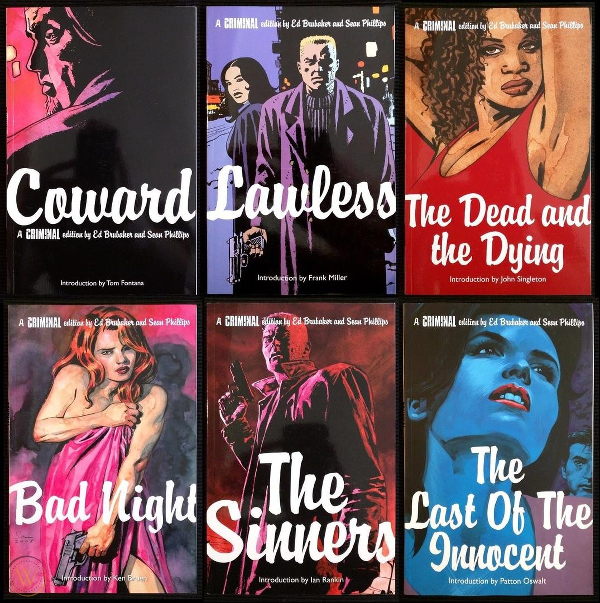
In this case, “Volume 1: The Devil” (and most of Too Old to Die Young) is pretty squarely focused on Miles Teller’s Martin, an L.A. cop in over his head in the middle of multiple escalating crises. Augusto Aguilera’s Jesus commits a crime in the first 20 minutes of the show and goes on the run. The show makes the bold move of of devoting the entirety of “Volume 2: The Lovers” (and much of “Volume 6: The High Priestess”) to Jesus’ exile in Mexico, and creates an entire feature film’s worth of Spanish-language intrigue and drama.
Clearly the series is dark and brooding, but it also has at least some of the most laugh-out-loud, jaw-droppingly hilarious moments of anything I’ve seen in the past few years. However, since we’re working at a pace here that’s more Béla Tarr than Michael Bay, there’s usually an hour or three between them. These moments are courtesy of performers like Billy Baldwin and Hart Bochner (the despicable yuppie sellout in Die Hard), and in a just universe they would result in John Travolta-in-Pulp Fiction-style career transformations. Check out this clip of Bochner’s lieutenant prepping his L.A.P.D. homicide squad for a day on the streets:
Music is always front and center on a Refn film and Martinez’s score for this one is also amazing (and streaming on Spotify), but especially notable is the series’ use of existing songs. I’m tempted to spoil the details of it here, but one of the gifts the show leaves behind is that it allows fans to laugh silently whenever we hear Barry Manilow’s “Mandy.” Mention the song to a friend and just by the look on their face you’ll know if they’re a member of the exclusive cabal who managed to find the show and who were able to adjust their body’s internal rhythms (as well as relax their conscience) enough to fully embrace it.



